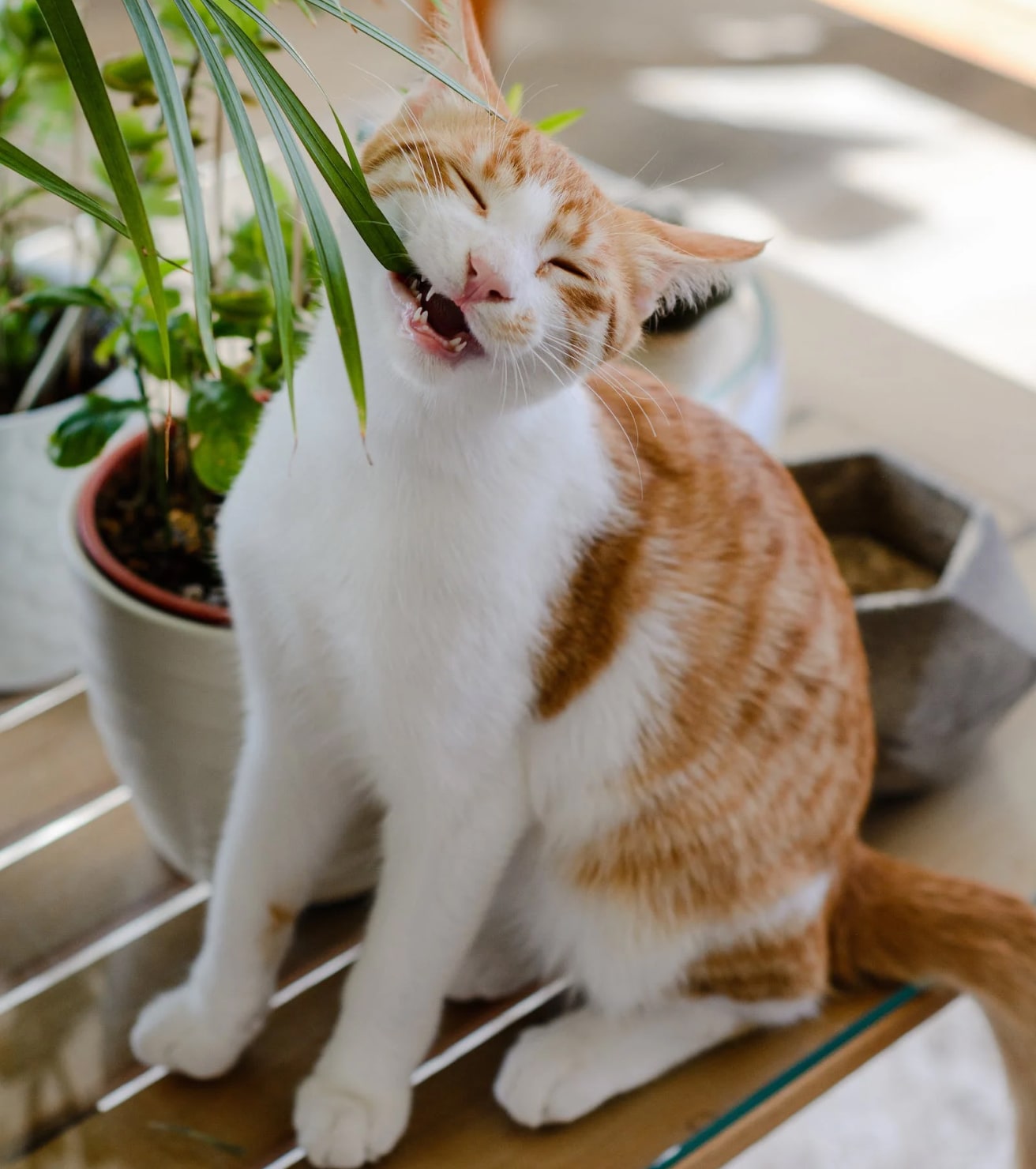Bloc
Amb quina freqüència & Quant hauríeu de regar les plantes d'interior

És probable que no hi hagi col·laboració, comunicació, i punts de control, no hi havia cap procés acordat o especificat amb la granularitat requerida. És una estratègia de contingut que ha anat malament des del principi. Renunciar a l'ús de Lorem Ipsum no hauria ajudat, ara no ajudarà. És com dir que ets un mal dissenyador, utilitzeu text menys negreta, no feu servir cursiva en tots els altres paràgrafs. Prou cert, però això no és tot el que cal per recuperar les coses.
I’ve heard the argument that “lorem ipsum” is effective in wireframing or design because it helps people focus on the actual layout, or color scheme, or whatever. What kills me here is that we’re talking about creating a user experience that will (whether we like it or not) be DRIVEN by words. The entire structure of the page or app flow is FOR THE WORDS.
If that’s what you think how bout the other way around? How can you evaluate content without design? No typography, no colors, no layout, no styles, all those things that convey the important signals that go beyond the mere textual, hierarchies of information, weight, emphasis, oblique stresses, priorities, all those subtle cues that also have visual and emotional appeal to the reader. Rigid proponents of content strategy may shun the use of dummy copy but then designers might want to ask them to provide style sheets.
Websites in professional use templating systems. Commercial publishing platforms and content management systems ensure that you can show different text, different data using the same template. When it’s about controlling hundreds of articles, product pages for web shops, or user profiles in social networks, all of them potentially with different sizes, formats, rules for differing elements things can break, designs agreed upon can have unintended consequences and look much different than expected.








